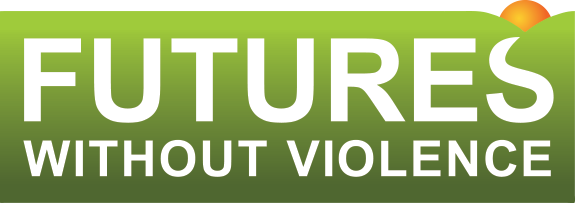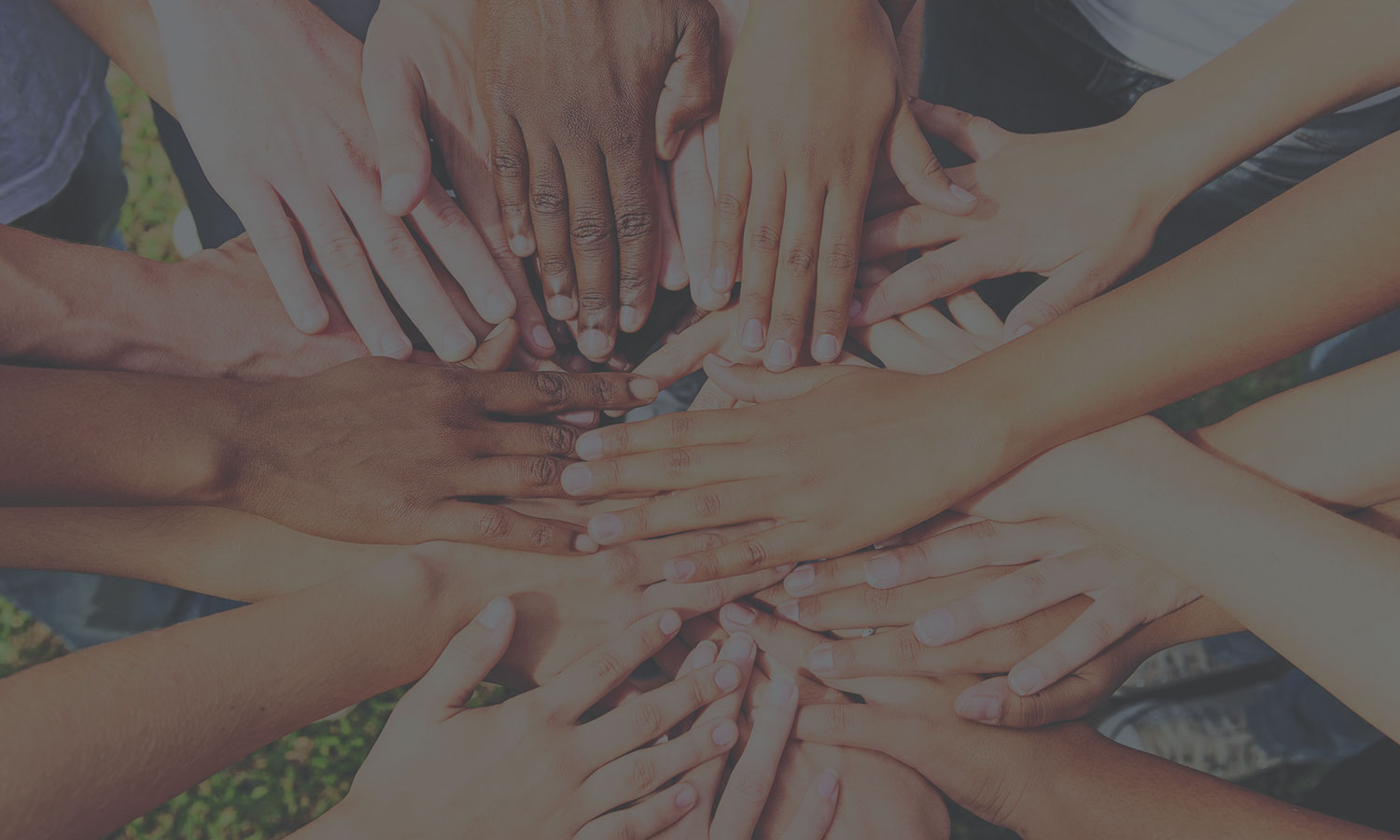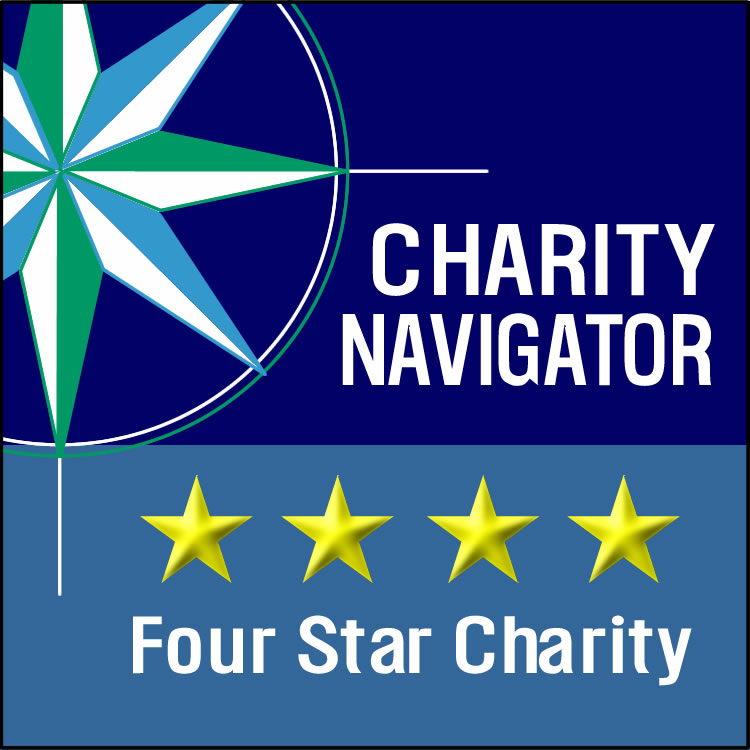How to Support Women Living with HIV/AIDS on World AIDS Day

Over 60 percent of HIV-positive women have been sexually abused—five times the rate in the general population. This is no coincidence. The correlation between intimate partner violence and HIV is staggeringly clear, and we can’t continue to turn a blind eye.
December 1st is annual World AIDS Day, an awareness-generating day to combat the stigma associated with people living with HIV/AIDS. According to the University of California-San Francisco, trauma can play a key role in women and girls becoming infected with HIV. And once infected, intimate partner violence can prevent them from accessing necessary treatment and care. Stress caused by abuse can further compromise the immune system and accelerate the progression of the disease.
HIV is a symptom of a much larger problem—violence against women.
There is a connection between HIV and the work we do here at FUTURES to prevent violence against women and children. From HIV prevention to treatment and long-term care, health care providers have a unique opportunity to reduce the isolation of women who are being victimized, and increase their options for safety and better health. From integrating intimate partner violence screening into pre- and post-test HIV counseling to instituting universal healthy relationship education for all patients, FUTURES is working with the field to develop system-wide approaches to support women living with HIV and abuse.
If you’re looking for ways to help on World AIDS Day, check out the resources below. Understand the underlying causes of the disease so we can give every women and girl the opportunity they deserve.
1. Understand the Structural Drivers of HIV
It’s no coincidence that over 60 percent of HIV-positive women have been sexually abused. There are structural forces at work that increase the prevalence of HIV among specific demographics. The more we understand, the better equip we are to turn the tide on the issue.
2. Break the Stigma, in Media and Beyond
Stigmas associated with HIV are often perpetuated by coverage in mainstream media. But it doesn’t have to be that way. Check out these actions from Positive Women’s Network USA about what media makers can do to de-bunk myths about the disease, and the people living with it.
3. Listen to Women Living with HIV
Watch this powerful video from Greater Than AIDS, featuring voices of women who have overcome abuse and are HIV-positive. Their courage and bravery is incredible.
4. Share Resources with Health Care Advocates and Professionals
From doctors and nurses to advocates and educators, the health care field plays a critical role in preventing and addressing intimate partner violence and HIV. Check out these resources from the National Network to End Domestic Violence.
5. Hear Voices from the Field
Read FUTURES’ latest e-bulletin, which explores the intersection between domestic violence and HIV.





